I. INTRODUCTION
For strategy, targets are preventing the penetration of the liberation army through the boundary and the territory of the South of Vietnam and destroying the self-sufcient economic potential of the liberation army, especially in remote areas that the American force was not able to control, such as the logistics area, the army base, the training center, the stock of weapons and the army ordnance placed underground, thick forest that prevented the observation from ground and air. From August 10th, 1961 to October 31st, 1971, the Unites States Army sprayed a total amount of 74,175.920 liters of herbicides. The chemical was classified into 6 agents based on their colored marks on drums: orange (43,332.640 liters); green (75,920 liters); pink (273,520 liters), violet (2,594.800 liters); white (21,798.400 liters); agent blue (6,100.640 liters). Among them, the orange, green, pink and violet contain a extremely toxic substance known as dioxin (2,3,7,8 tetrachlorodibenzo-p-dioxin) [5, 6, 7], sprayed areas are logistics area, the army base of North Viet Nam army. Base on data, the sprayed areas were over 2.63 million hectares, accounting for 15.2% of total area of Southern Vietnam; the spraying density was 17 times higher than the one used for agriculture in United States. The areas (used to be storages and disposal sites for spraying chemicals in some air bases) were contaminated in different level [1, 2, 8].
For overcoming consequences of toxic chemical used by US Army during Vietnam’s war. From 1995 to 2015, the Vietnam Ministry of National Defense conducted some survey, investigate, assess and detox dioxin at different military air bases (Da Nang, Bien Hoa, Phu Cat); investigate, assess the level of herbicides/dioxin contamination at different military airbases: Da Nang, Phu Cat, Tuy Hoa, Nha Trang, Phan Rang, and Bien Hoa [3, 4],
From 2016 to 2018, the Ministry of Defense has assigned the Military Institute of Chemical and Environment/Chemical Defense Command to conduct a study named "Investigating and assessing the level of dioxin-contaminated herbicides in soil at some of the airbase of the Military Regions number 4, 5, 7, 9". This study is focus on investigating and assessing the level of dioxin-contaminated herbicides in soil at some airfieds in Ranch Hand and Pacer Ivy. This study was conducted to investigate results of soil contamination in some airbases were: Phu Bai/Thua Thien Hue; Phuong Hoang, Sac Ly military hill/Kon Turn; Pleiku/Gia Lai; Tay Ninh; Can Tho; Vam Cong/An Giang.
II. SUBJECTS AND METHODS
2.1. Subjects
Studying, investigating and assessing the level of dioxin-containing herbicides in soil at some of the airbases: Phu Bai airbase/Thua Thien Hue; Phuong Hoang airbase/Kon Turn; Pleiku airbase/Gia Lai; Tay Ninh airbase/Tay Ninh; Can Tho airbase/Can Tho; Vam Cong airbase/An Giang and Sac Ly military hill/Kon Turn.
2.2. Methods
Sampling, preverse, maintain: follow by TCVN of sampling soild sample, which include TCVN 5297:1995 (TCVN for soil quality - sampling - general requirements), TCVN 7538-2:2005 (TCVN for soil quality - sampling - Part 2: Guidance on sampling techniques). In detailed, the soil samples were taken from different regional terrain and dioxin contamination status (coordinates of sampling points were determined by GPS satellite). At each sampling point, soil was taken at different levels (50 cm, 100 cm, 150 cm, 250 cm), according to the profile, and was stored in polyethylene containers, which were covered by dark plastic bags and placed in storage tanks.
Analyze sample: follow by US EPA-8280b to detemine concentration of 17 congeners. In detaied, samples were pounded, grounded, and sieved through 1 mm sieve. After that point, the samples were extracted with Soxhlet method, clean by silicagel colum and analysed by Gas Chromatography - Mass Spectrometry (GC-MS). Condition for GC-MS and caculation TEQ method:
- Temperature programe: Intial temperature 170°C, hold 10 minutes; heat up 320°C, heating speed 8°c/minute; final temperature 320°C, hold 5 minutes; carried gas flow at 35 - 40 cm/second.
- Mass spectrometry: Ionization by ionzation model (El); possitive ion; ionzation voltage 70 eV; scan ion for dioxin.
- Toxic equivalency (TEQ): Each compound of PCDD/PCDF is attributed a specific “Toxic Equivalency Factor” (TEF). To calculate the total TCDD toxic equivalent (TEQ) of a dioxin mixture, the amounts of each toxic compound are multiplied with their toxic equivalency factor (TEF) and then added together [7].
Choose sampling point: Based on situation of surveyed location, choose appropriative sampling point (focus on chemical sotarge building, end of runway, and disposal sites for spraying chemicals.
QA/QC: Quality assurance và quality control were applied for all activities from create sampling plan to analyze samples in laboratory. Total QA/QC samples account for 10%.
III. RESULTS
The dioxin analysis results were summarized and evaluated for each airbase, as follows:
- Pleiku airbase/Gia Lai: surveyed, sampled over an area of 5,000 m2. All of the results are below the detection limit in US EPA 8,280 b.
- Tay Ninh airbase/Tay Ninh: surveyed, sampled over an area of 5,000 m2. All of the results are below the detection limit in US EPA 8,280 b.
- Vam Cong airbase/An Giang: surveyed, sampled over an area of 6,000 m2. The analysis results showed dioxin in some samples; notably, dioxin with the highest content recorded was 262.87 ng/kg TEQ.
- Can Tho airbase/Can Tho: surveyed, sampled over an area of about 5,000 m2. The results of the analysis showed dioxin-containing herbicides in some samples; notably, dioxin with the highest content recorded was 92.37 ng/kg TEQ.
- Phu Bai airport/Thua Thien Hue: surveyed, sampled over an area of about 7,500 m2. The results of the analysis showed dioxin-containing herbicides in some samples; notably, dioxin with the highest content recorded was 95.2 ng/kg TEQ.
- The Sac Ly military hill: surveyed, sampled on an area of about 10,000 m2. The results of the analysis showed dioxin-containing herbicides in some samples; notably, dioxin with the highest content recorded was 98.2 ng/kg TEQ.
- The Phuong Hoang airport/Kon Turn: surveyed, sampled on an area of about 10,000 m2. The results of the analysis showed dioxin-containing herbicides in some samples; notably, dioxin with the highest content recorded was 110.6 ng/kg TEQ.
IV. CONCLUSION
The research results collected from 06 military airbases and hills showed that: four airbases (Phu Bai, Phuong Hoang, Can Tho and Vam Cong) and one military hill (Sac Ly) were polluted by herbicides containing dioxin. Analysis of soil samples showed that dioxin levels in some areas of these locations ranged from 92.37 ng/kg TEQ to 262.87 ng/kg TEQ.
All contaminated areas used to be storages and disposal sites for spraying chemicals.
Suggestions and recommendations
Requesting the Ministry of National Defense to further investigate four air bases Phu Bai, Can Tho, Vain Cong, Phuong Hoang and Sac Ly military hill for in-depth assessment of the dioxin contamination (level, location, area, depth, volume, geographic conditions, etc.), thereby developing proper and comprehensive approaches for management and mitigation of affected areas in accordance.
Requesting the Ministry of Defense to continue expanding the investigation into the level of agent orange/dioxin contamination in remaining air bases, priorly, to focus on airports with high suspicion in agent orange/dioxin contamination.
Dinh Van Thue ; Phung Khac Huy Chu1
Nguyen Van Tai1; Nguyen Thi Phuong1; Nguyen Quang Thang1
1. Military Institute of Chemical and Environment, Chemical Defense Command
REFERENCES
1. Hoàng Bá Thịnh. Nạn nhân chất da cam/dioxin ở Việt Nam và nỗi lo về thế hệ tương lai. Nhà xuất bản trẻ. TP. Hồ Chí Minh. 2011.
2. Nguyễn Hùng Minh. Đánh giá bổ sung ô nhiễm dioxin tại các khu vực ô nhiễm mới được phát hiện ở sân bay Biên Hòa và Phù Cát. Phòng thí nghiệm dioxin. Tổng cục Môi trường Việt Nam. 2012.
3. Trung tâm Công nghệ Xử lý Môi trường. Báo cáo Tổng kết các dự án Zl, Z2, Z3, Z9.
4. Trung tâm Công nghệ Xử lý Môi trường. Báo cáo Tổng kết các dự án XĐ1, XĐ2.
5. Young A.L. The history, use, disposition and environmental fate of agent orange. XVIII, 339 p. Springer. 2009.
6. Office of National steering committee (office 33). Comprehensive report: Agent orange/dioxin contamination at three hotspots: Bien Hoa, Da Nang and Phu Cat airbases. 2013.
7. The World Health Organization. Re-evaluation of human and mammalian toxic equivalency factors for dioxins and dioxin-like compounds. Toxicological sciences. 2006, 93 (2), pp.223-241.
8. Hatfield Consultants and Office of the National Committee 33. Assessment of dioxin contamination in the envừonment and human population in the vicinity of Da Nang airbase. Viet Nam final report. 2007
Dinh Van Thue ; Phung Khac Huy Chu1
Nguyen Van Tai1; Nguyen Thi Phuong1; Nguyen Quang Thang1
1. Military Institute of Chemical and Environment, Chemical Defense Command




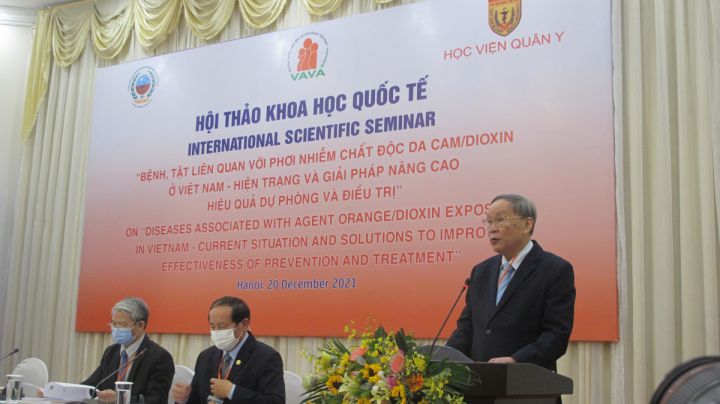

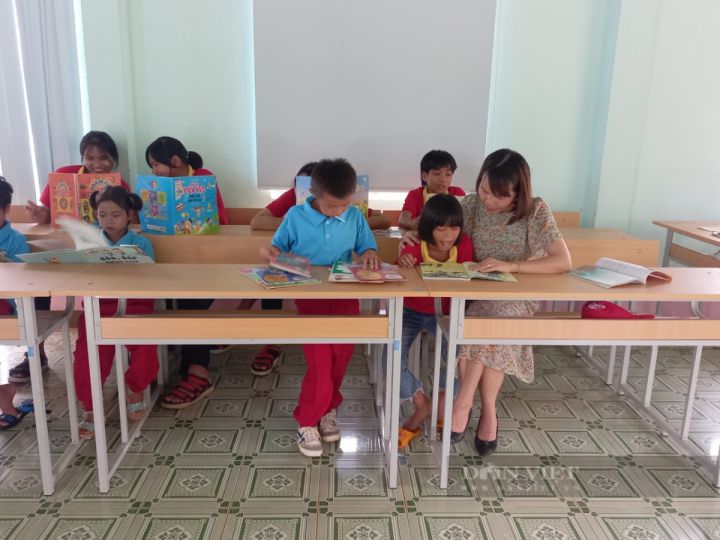
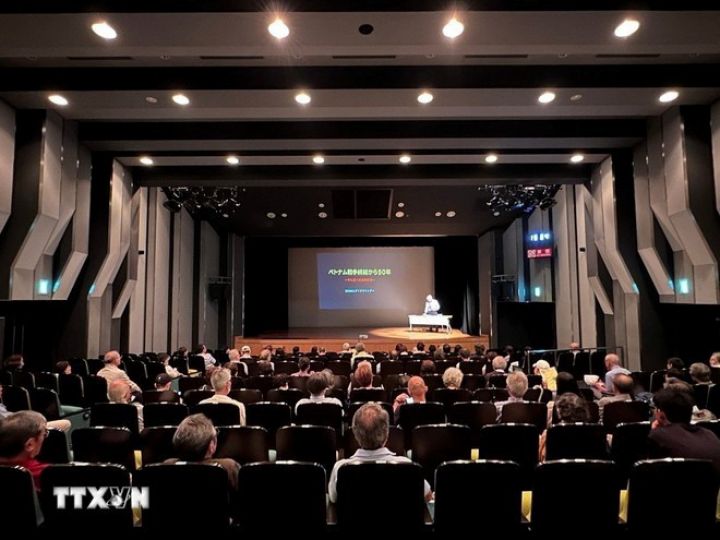


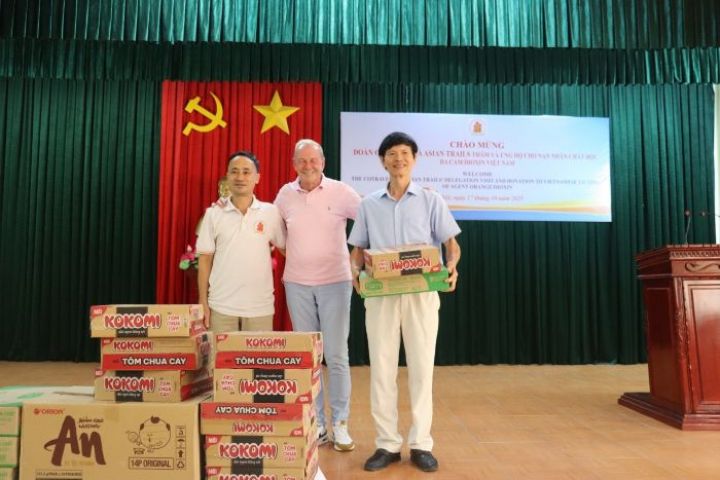












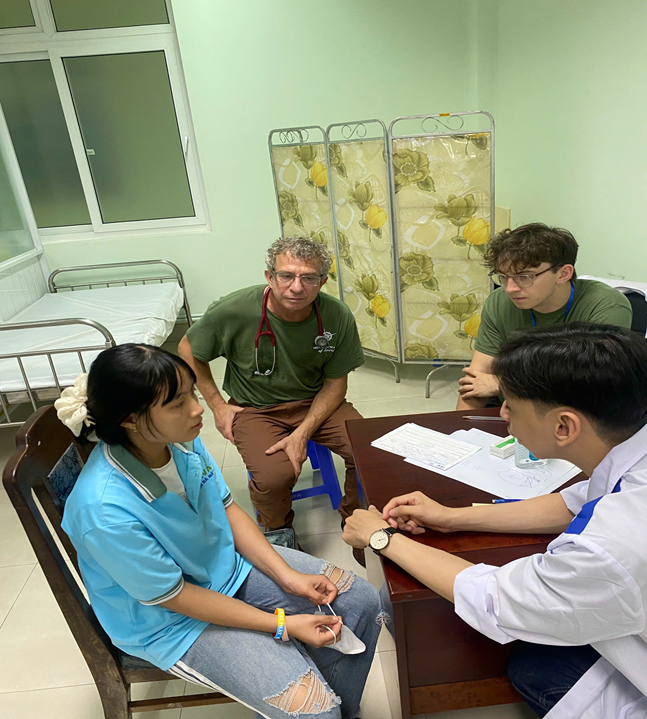
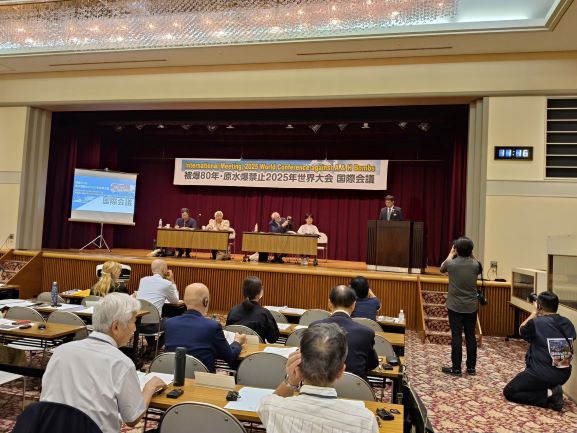
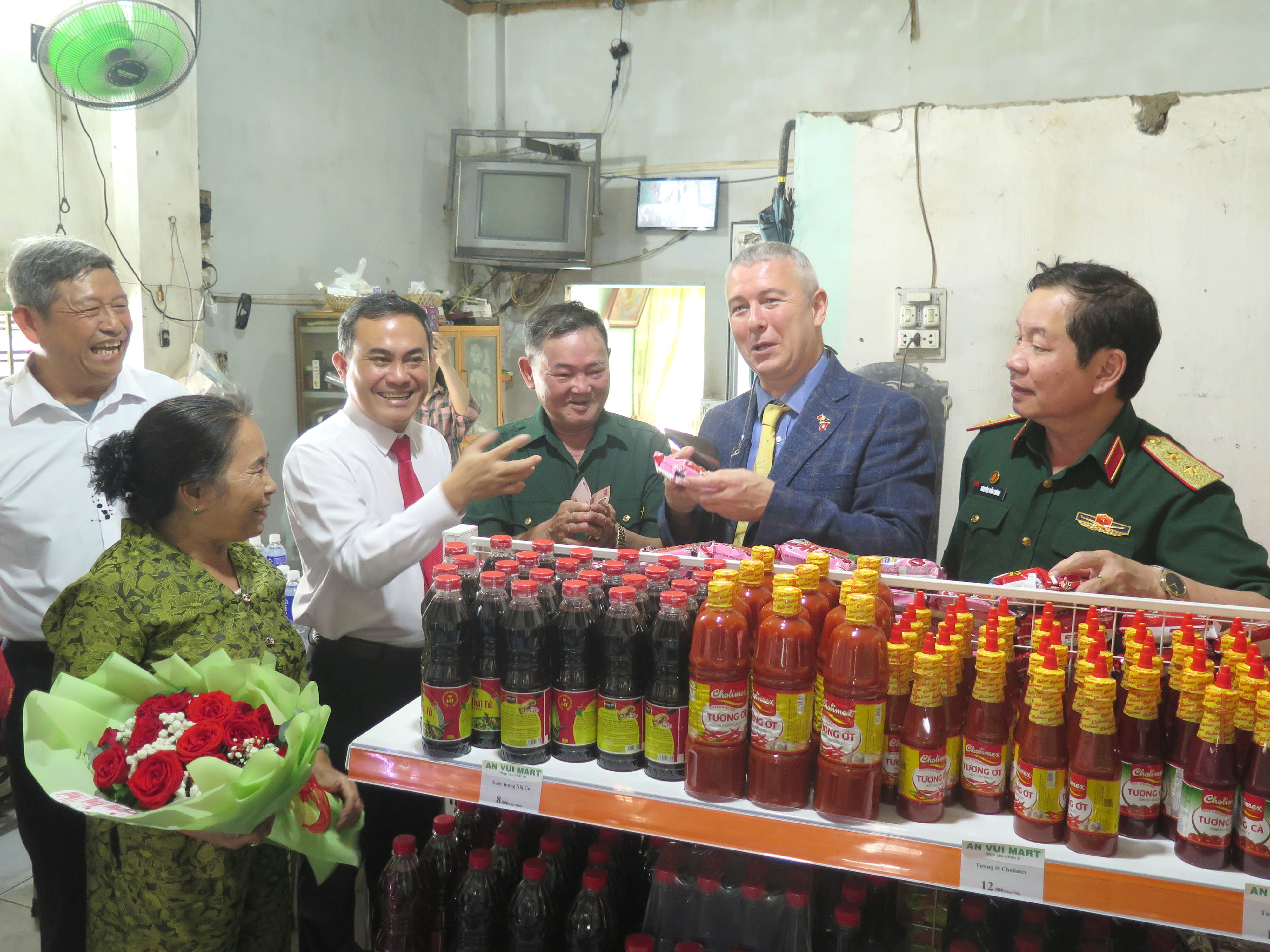
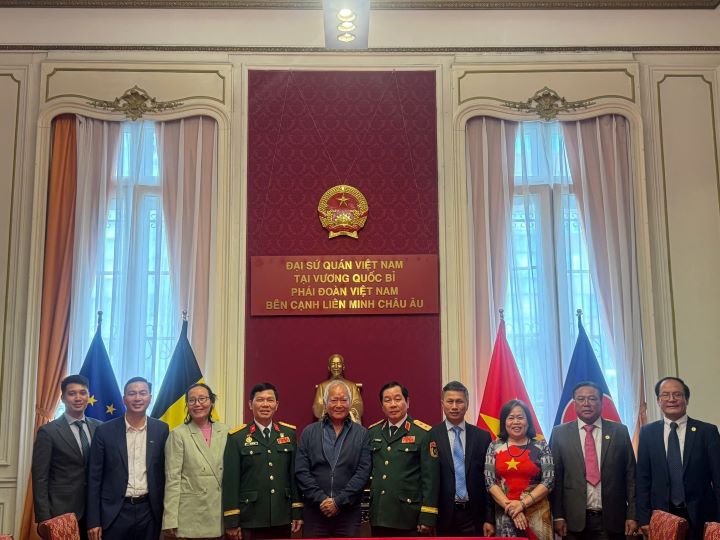

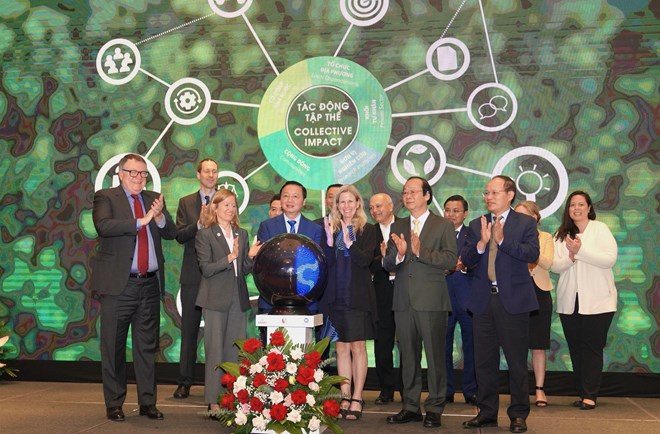

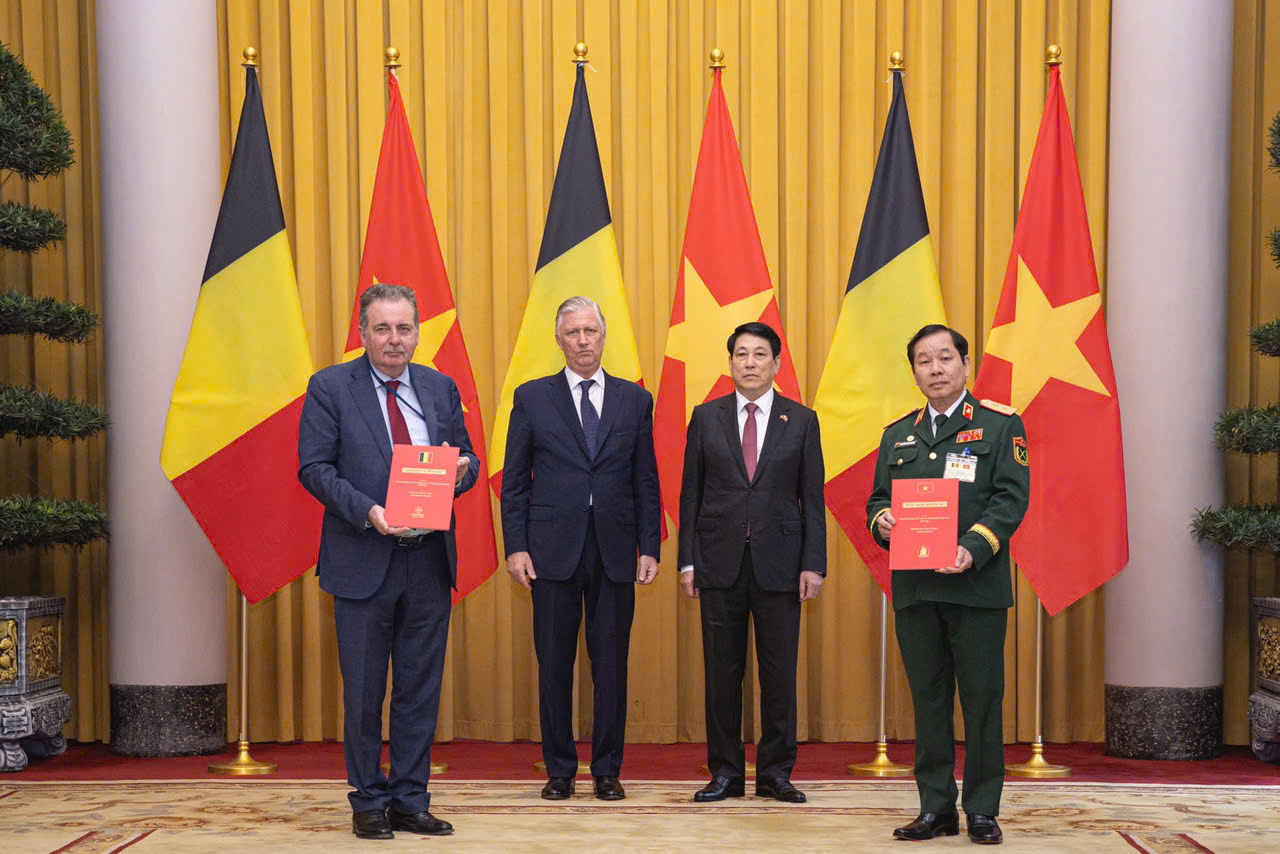


.jpg)
Comment